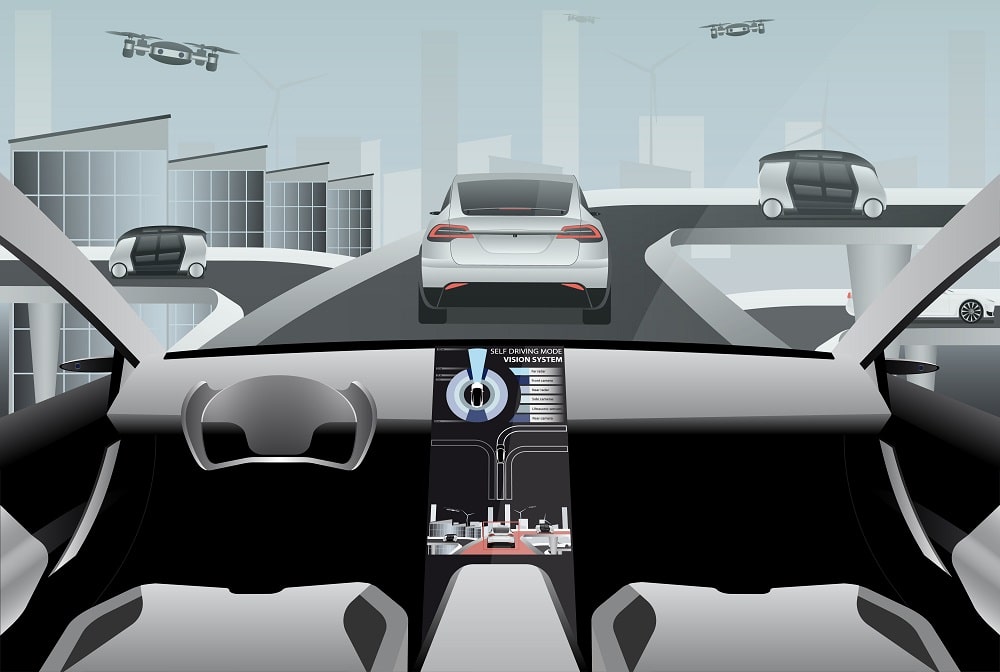Drone is undoubtedly a technology which is benefiting various business sectors with a number of aspects. But the acceptance of drone technology is not as expected. Several businesses are trying to incorporate the power of drone technology to their operational activities with an intention to automate most of the tasks, but there are a few limitations adhered by the drones which are limiting the use of this powerful technology. Are you also an entrepreneur willing to step into the development of fully autonomous drone technology? Before stepping into a new sector you must first determine and analyze all the limitations so as to get prepared with the potential solutions. If you are willing to know all the limitations that can hinder your work process, then here we are going to discuss a few major challenges that are becoming the biggest issue in the development of drone industry.
Challenges that you may confront while developing autonomous drone:
- Limited flight endurance and payload capacity
With the present technologies, drones are able to take a flight only for 15-30 minutes. Further it requires recharging the battery, i.e. the lesser battery capacity is becoming one of the major issues. Another issue that is confronted by the autonomous drone development is the load capacity. A drone can handle only five pounds at the max.
The more complicating aspect that is challenging the progress of drone development is that there is an inverse relation between flight endurance and payloads. Increasing payloads over the drone will reduce the flight time.
- Traffic management system:
Increasing usage of drone will lead to a heavy traffic in the air which may result into clashes and accidents. To bring drone technology as a mass usage first we need to develop a perfect traffic management. As per a speculation, it will take approx. 20 years to develop a well-controlled traffic management. Integrating drones with the internationals air ways route, the innovators are looking to create a separate route.



